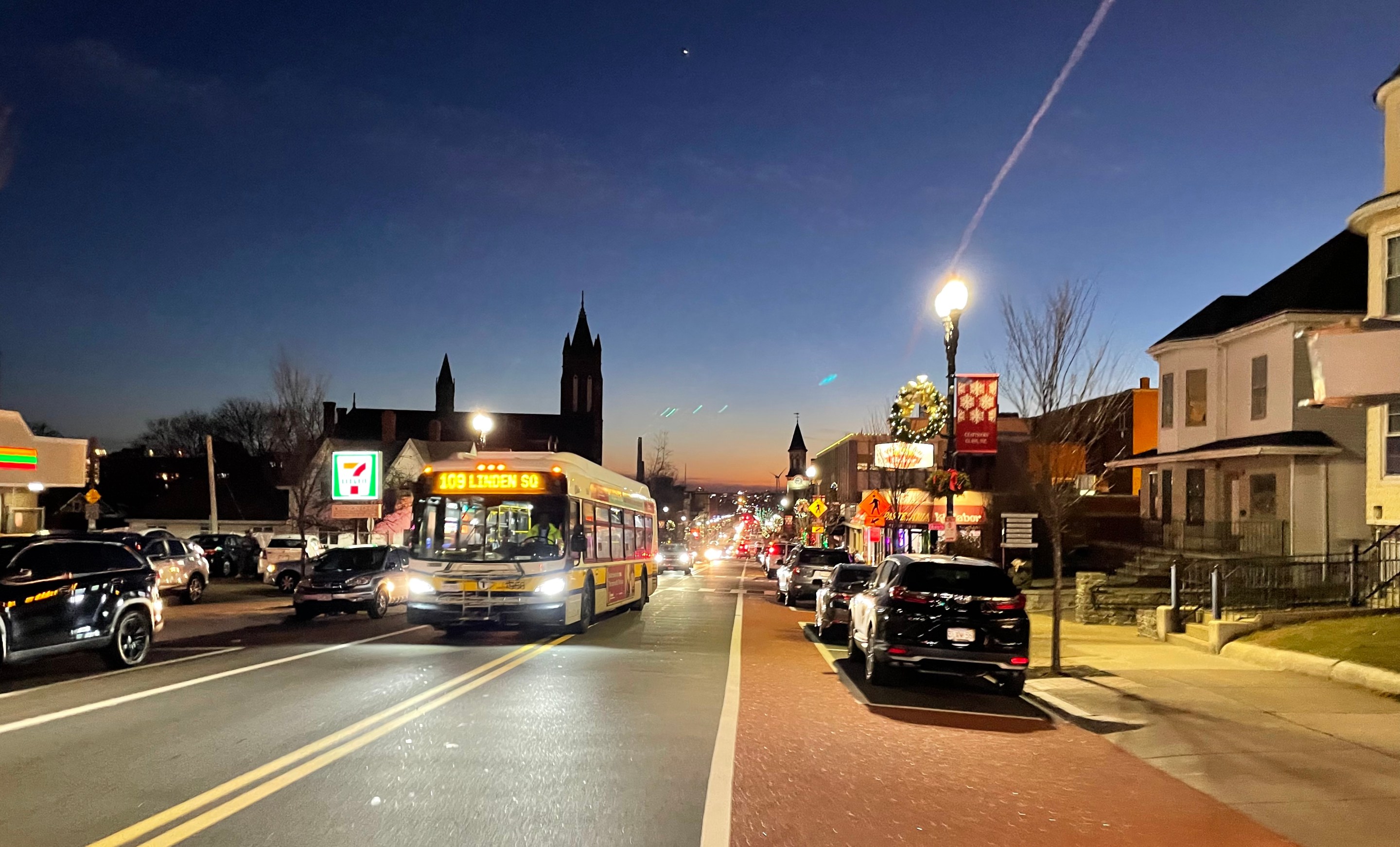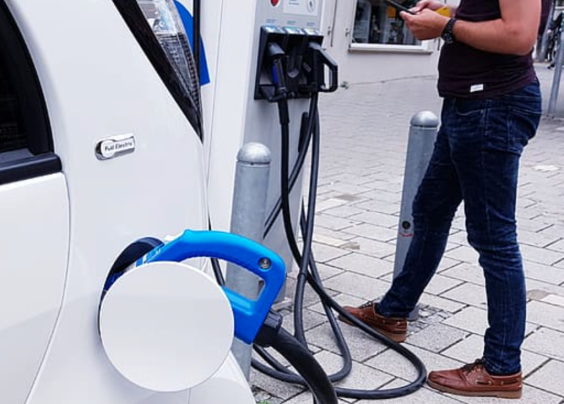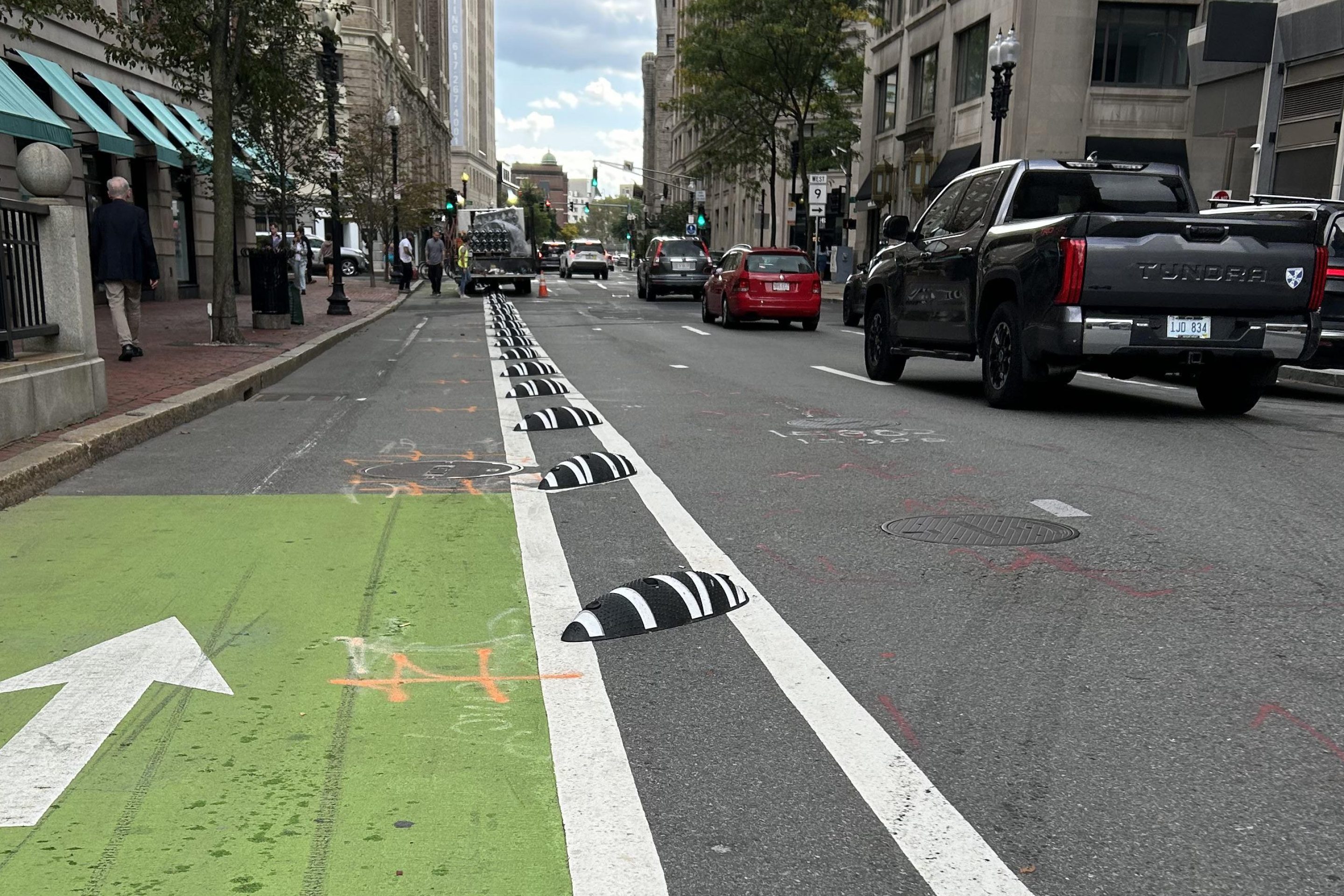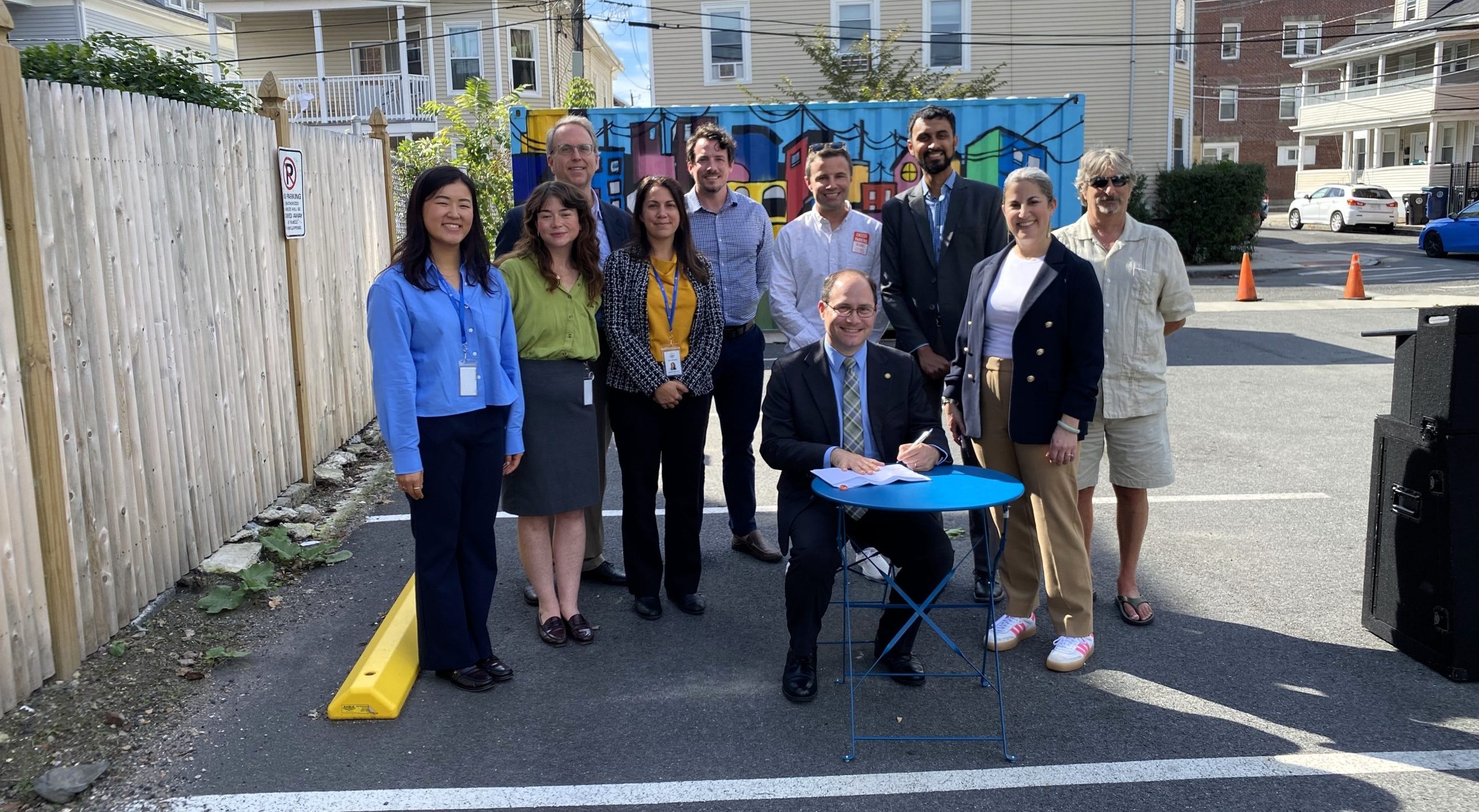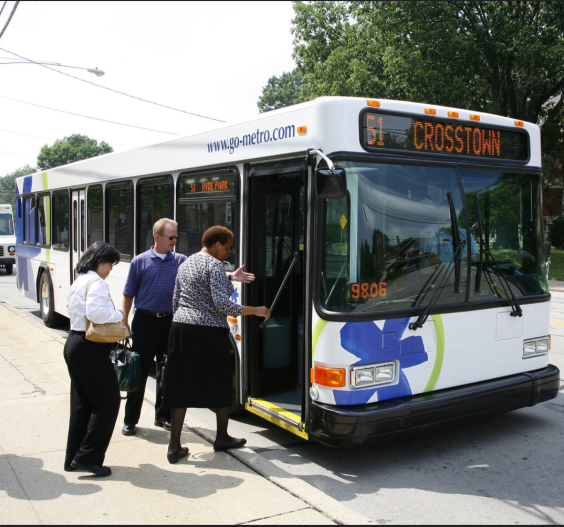
The MBTA's new Route 109 – one of four new "frequent-service" bus routes that started operating this week in the first phase of the agency's Bus Network Redesign initiative – is already saving time for hundreds of transit riders traveling between Somerville and Everett.
The MBTA's bus network redesign has been in planning for several years now, and aims to improve equity by increasing service to historically under-invested neighborhoods, create new connections to fast-growing neighborhoods, and improve reliability with new transit-priority infrastructure like bus lanes and upgraded traffic signals.
One of the main features of the redesign is an expanded and rebranded network of "frequent-service" bus routes – routes where buses arrive every 15 minutes or better for 20 hours a day, 7 days a week.
The T expects to roll out these new routes in phases over the next several years. Last week, "phase one" launched with four new frequent-service bus routes that focus on communities north of the Mystic River, including Malden, Everett, and East Boston.
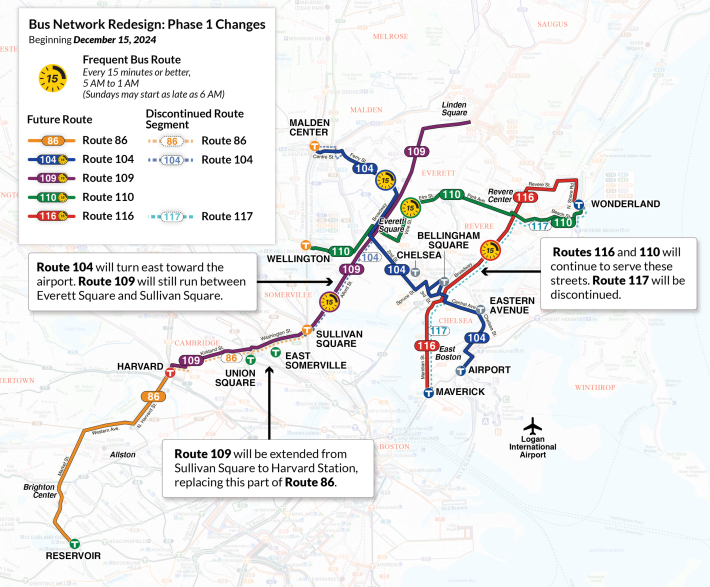
Last Tuesday afternoon during rush hour, your StreetsblogMASS editor tried one of those new routes – the 109 – on a ride from Somerville to Everett and back.
Previously, this trip would have required a transfer between two less-frequent buses: the 86, which ran from Brighton to Sullivan Square, and the former 109, which ran a shorter route from Sullivan to Linden Square. Both routes generally ran every 20-25 minutes on weekdays.
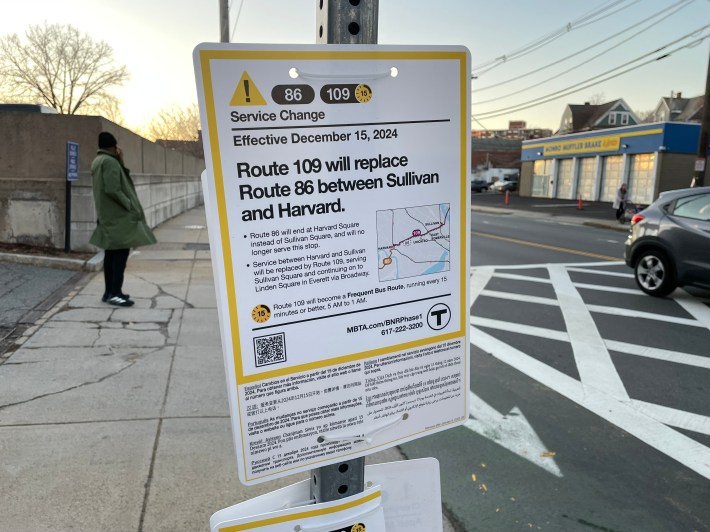
Now, the 86 runs a shorter route between Brighton and Harvard, and a much more frequent 109 has taken over the route between Harvard and Sullivan.
At an eastbound stop at Merriam Street near Union Square, I met Wesley, who was on his way to work in Everett.
Before this week, he'd catch one of the less-frequent 86 buses to Sullivan Square, then transfer to a 109 or 104 bus for the rest of his trip.
The new route, he said, "is better for me. I've only taken it once – this is my second time riding it – but I prefer it a lot."
When our bus arrived a few moments later, there were only two or three empty seats available, even though another bus had passed through about 12 minutes previously.
Our trip through East Somerville passed quickly, thanks in part to some new bus-priority infrastructure on Washington Street, including new bus platforms that the city recently built next to the East Somerville Green Line station (see below) and a "queue-jump" bus priority traffic signal at Inner Belt Road.
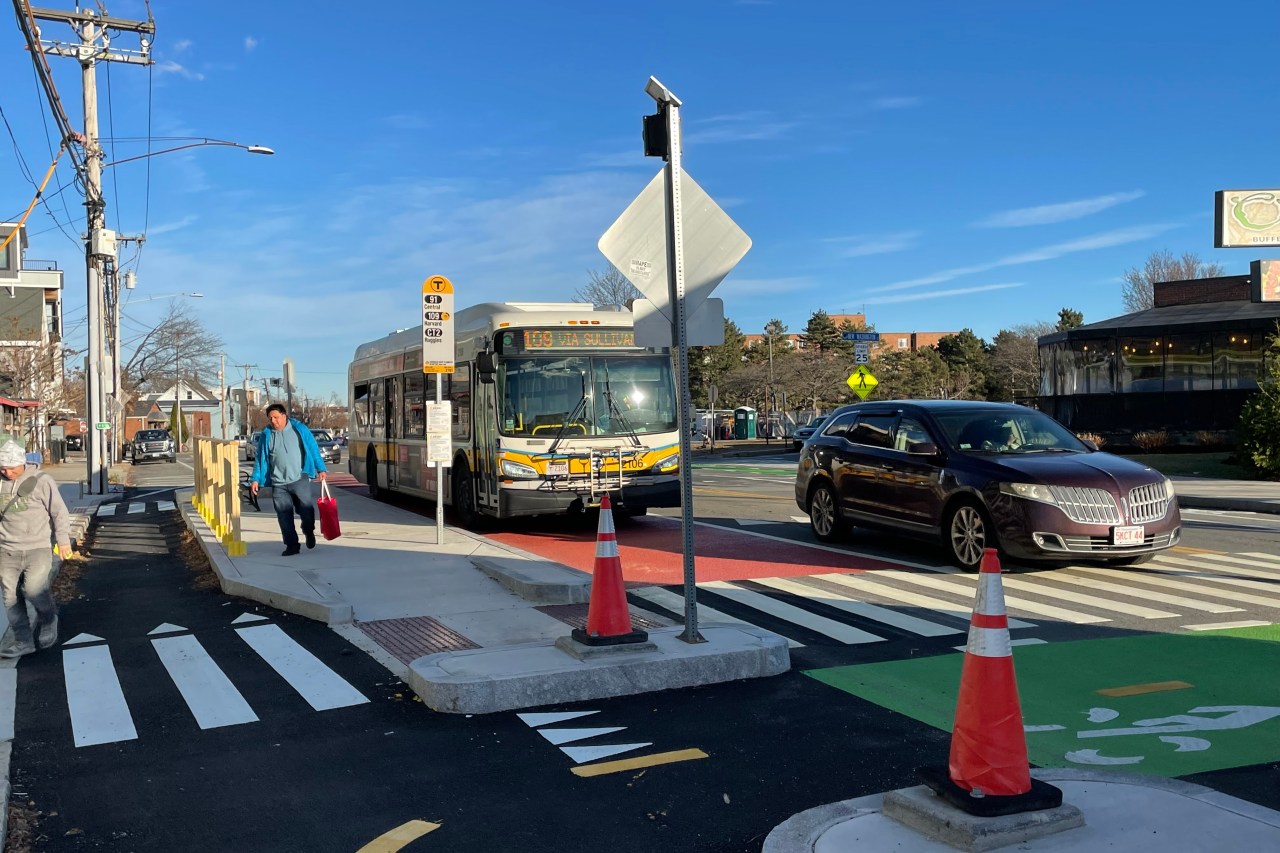
Unfortunately, we got bogged down in heavy traffic as we crossed the city line into Boston near Interstate 93.
While Sullivan Square is an important transfer point for buses, it's also unfortunately a place where drivers heading to and from Interstate 93 routinely block traffic. It took our bus about 15 minutes to cover the mile from Inner Belt Road in East Somerville to the Alford Street Bridge on the Mystic River – an average speed of just 4 mph.
Luckily, the City of Boston has several projects in the planning stages that would redesign Sullivan Square and the Alford Street Bridge to give MBTA buses new center-running dedicated bus lanes through this bottleneck.
At Sullivan, about two-thirds of the passengers on our bus disembarked, while about a dozen people remained on board to continue the ride into Everett. These are the riders – like Wesley – who will benefit the most from the redesigned route, because they'll no longer have to switch buses.
Our bus waited a minute at Sullivan to pick up more passengers from an arriving Orange Line train, and our bus was packed to capacity when we left the station.
Traffic continued to be heavy around the Encore casino as we crossed into Everett, but as we made our way around the Sweetser Circle rotary at Revere Beach Parkway, we finally picked up some speed thanks to the peak-hour bus lanes that Everett installed along Broadway back in 2017.
Unfortunately, those bus lanes were considerably less effective than they could have been, thanks to a small handful of illegally-parked cars that were blocking them and forcing our bus to merge in and out of traffic:
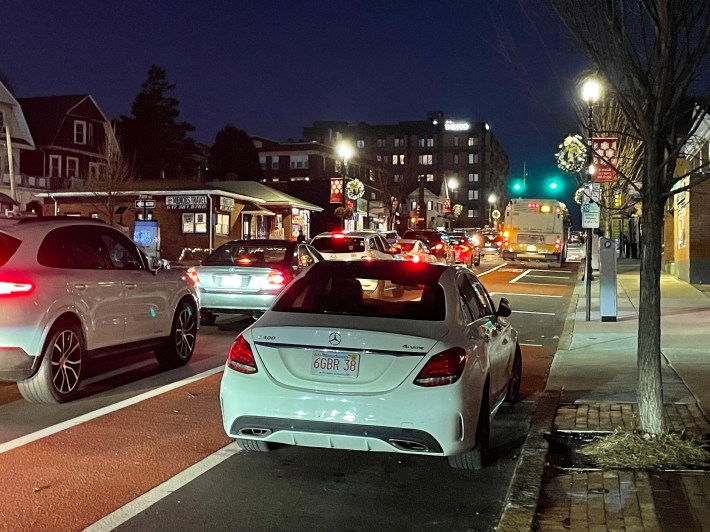
Our bus was still packed as we passed through Everett Square, so I got off and crossed Broadway to pick up another 109 bus back toward Somerville.
At the main bus stop in Everett Square, I ran into several MBTA employees and volunteers who were out educating riders about the route changes and handing out multilingual flyers about the service changes.
One of them was Wes Edwards, the MBTA's Assistant General Manager of Service Development.
"It's been really good. We're hearing lots of thank-yous and positive feedback, not only from riders but from operators as well," Edwards told me. "We've had almost 100 volunteers out at bus stops over the past few days. It's exciting to be talking about expanding transit, which is something the T hasn't had a chance to do in a while."
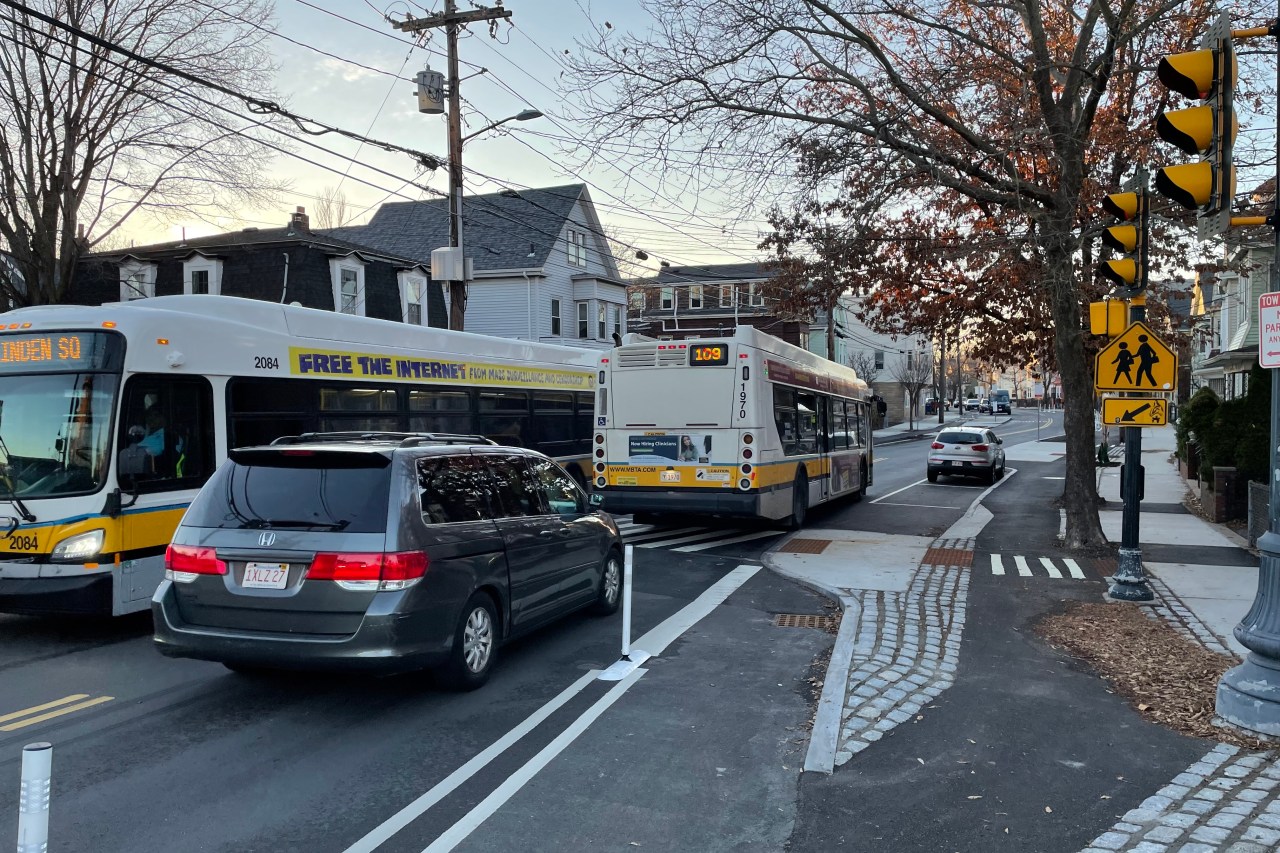
Over the course of my trip, I'd observed relatively consistent 5 to 10 minute gaps between buses we passed. In spite of the traffic around Sullivan Square and lower Broadway, there didn't seem to be much "bunching" – the phenomenon in which buses on the same route catch up to each other and clump together, leaving long gaps in service behind them.
The MBTA staff I spoke with told me that they'd had similar observations from their bus stop in Everett Square.
While we were talking, a 109 bus stopped and dropped off a handful of passengers, but I let it pass by because I wasn't in a rush, and I wanted to finish my conversation with Edwards.
As it happened, only 5 minutes went by before another 109 arrived for me.
My bus back to Sullivan Square was much less crowded, with plenty of empty seats.
At Sullivan, I encountered my first rider mishap caused by the redesigned bus route. An older man who was accustomed to the old 109 route boarded the bus, assuming that we were heading into Everett.
It wasn't until we'd left the station and crossed under the highway into East Somerville that he realized something was wrong, and the bus operator told him that the route had changed.
Cursing, he ran off our bus at the Inner Belt Road stop, muttering that he'd be late for work.
I didn't chase after him, but I checked the Transit app on my phone. There was another eastbound 109 heading towards Everett that was just three minutes away. Hopefully he managed to catch it.
